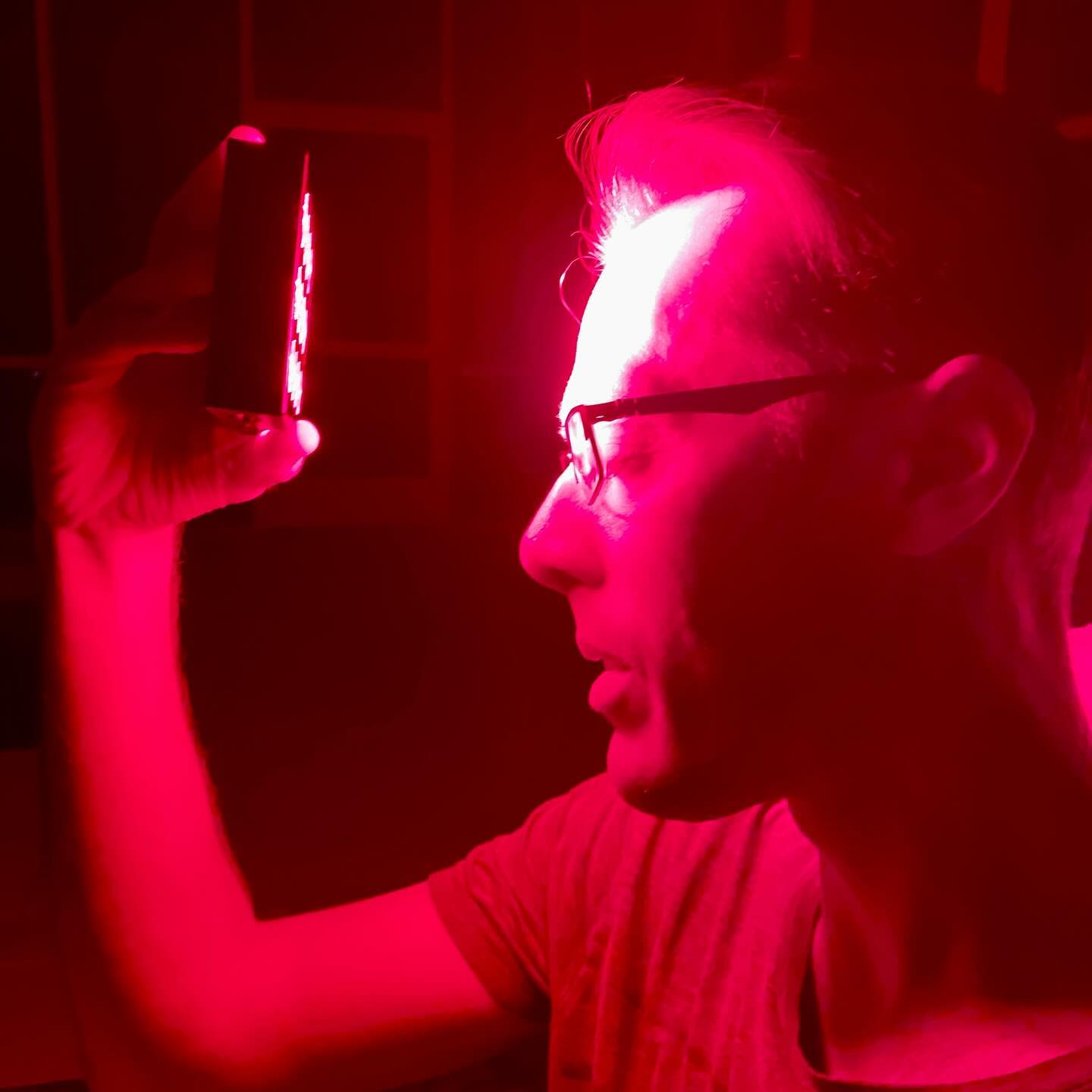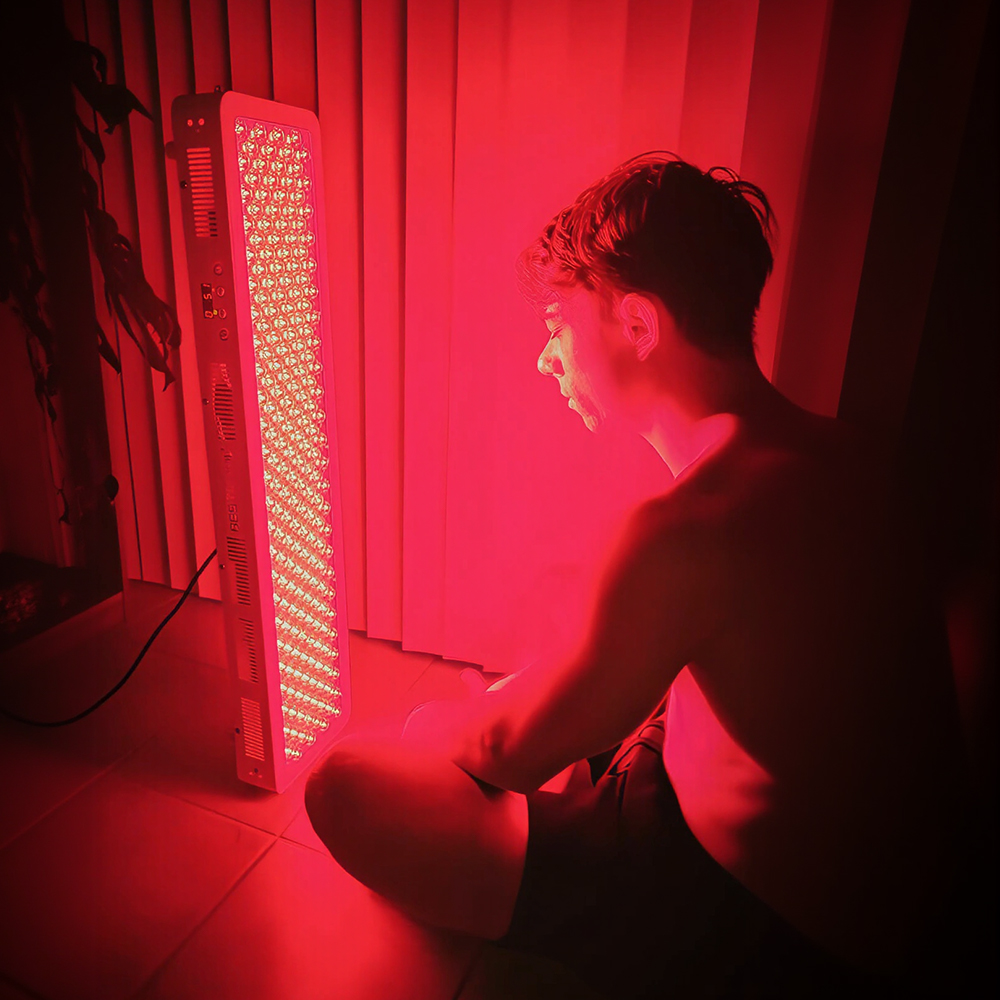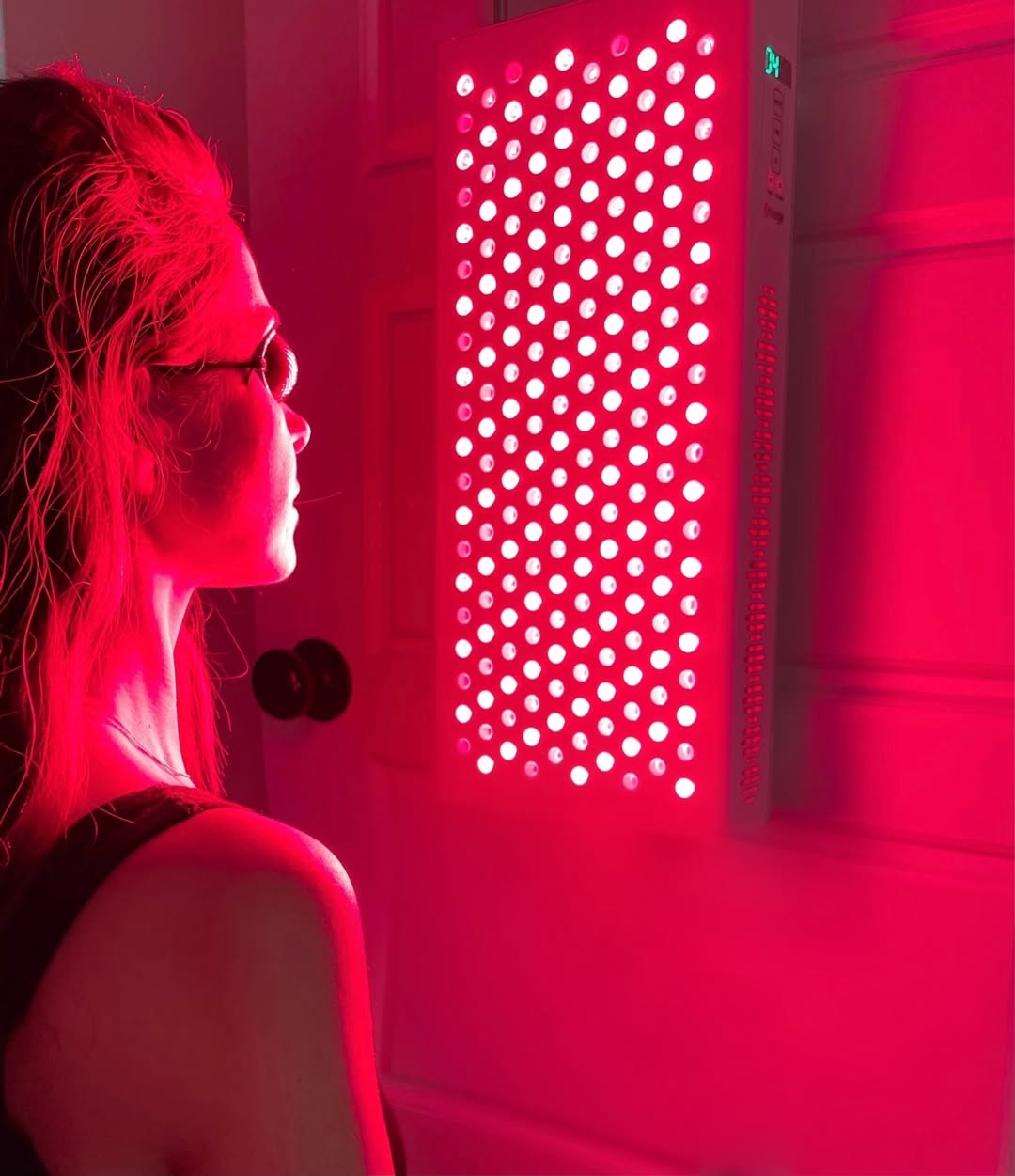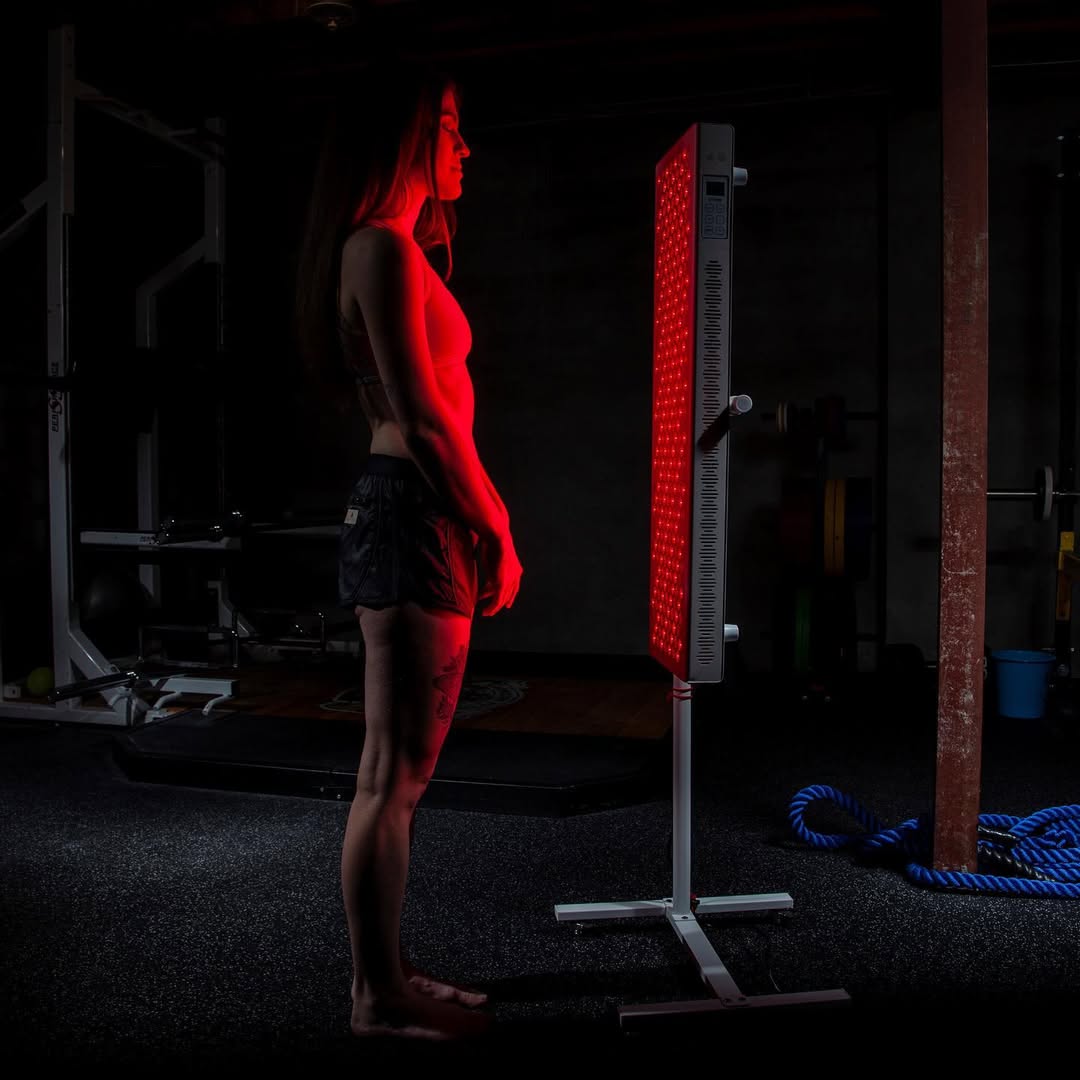![]() Free Shipping
Free Shipping ![]() Buy Now, Pay Later
Buy Now, Pay Later ![]() Eligible
Eligible
How Red Light Therapy Can Aid in Nerve Damage Recovery

Nerve damage, or neuropathy, can be a debilitating condition that affects millions of people worldwide. Whether caused by diabetes, injuries, autoimmune disorders, or chemotherapy, nerve damage often leads to chronic pain, numbness, weakness, and loss of function. Traditional treatments like medications, physical therapy, and surgery can help, but they don’t always provide complete relief.
Enter red light therapy (RLT)—a non-invasive, scientifically backed treatment that shows promise in accelerating nerve repair and reducing pain. But how does it work? And can it really help regenerate damaged nerves?
In this article, we’ll explore:
- What red light therapy is and how it works
- The science behind RLT and nerve regeneration
- Clinical evidence supporting its effectiveness
- How to use red light therapy for nerve damage
- Potential benefits beyond nerve repair
What Is Red Light Therapy?
Red light therapy, also known as low-level laser therapy (LLLT) or photobiomodulation (PBM), involves exposing the skin to specific wavelengths of red and near-infrared (NIR) light. These wavelengths penetrate deep into tissues, stimulating cellular repair and reducing inflammation.
Unlike UV light, which can damage the skin, red and NIR light are safe and painless. They work by energizing mitochondria—the powerhouses of cells—to produce more adenosine triphosphate (ATP), the molecule that fuels cellular processes. This boost in energy helps cells repair themselves more efficiently.
How Does It Affect Nerves?
Nerve cells (neurons) require a lot of energy to function and regenerate. When nerves are damaged, their ability to transmit signals becomes impaired, leading to pain, numbness, or muscle weakness. Red light therapy may help by:
- Reducing Inflammation – Chronic inflammation worsens nerve damage. RLT has been shown to decrease inflammatory markers, creating a better environment for healing.
- Stimulating Nerve Regeneration – Studies suggest that red light enhances the production of growth factors that promote nerve repair.
- Improving Blood Flow – Better circulation ensures that damaged nerves receive more oxygen and nutrients.
- Alleviating Pain – RLT may help modulate pain signals, providing relief without drugs.
Scientific Evidence: Can RLT Really Repair Nerves?
Multiple studies have explored the effects of red light therapy on nerve damage, with promising results:
1. Peripheral Neuropathy (Diabetic & Chemotherapy-Induced)
- A 2014 study published in Diabetes & Metabolism Journal found that diabetic patients with peripheral neuropathy experienced significant improvements in nerve function after 12 weeks of red light therapy.
- Another 2020 study in Photomedicine and Laser Surgery reported that cancer patients with chemotherapy-induced neuropathy had reduced pain and improved sensation after RLT treatments.
2. Spinal Cord & Traumatic Nerve Injuries
- Research in Neuroscience Letters (2016) demonstrated that near-infrared light helped regenerate damaged spinal cord nerves in rats, improving mobility.
- A 2018 study in PLOS ONE found that red light therapy accelerated recovery in patients with carpal tunnel syndrome (a form of nerve compression).
3. Post-Surgical Nerve Repair
- A 2019 clinical trial showed that patients who underwent RLT after nerve surgery had faster recovery times and better functional outcomes.
These findings suggest that red light therapy isn’t just a temporary pain reliever—it may actively support nerve regeneration.
How to Use Red Light Therapy for Nerve Damage
If you’re considering RLT for neuropathy or nerve injuries, here’s how to get started:
1. Choose the Right Device
- Wavelength: Look for devices emitting 630-670nm (red light) and 810-850nm (near-infrared) for deeper penetration.
- Power Output: Higher power (50-200mW/cm²) provides more effective treatment.
- FDA-Cleared Devices: Brands like Joovv, Mito Red Light, and Rouge offer medical-grade options.
2. Treatment Protocol
- Frequency: 3-5 sessions per week (daily use may be beneficial in acute cases).
- Duration: 10-20 minutes per treatment area.
- Consistency: Nerve repair takes time—expect noticeable improvements after 4-12 weeks.
3. Combine with Other Therapies
For best results, pair RLT with:
- Physical therapy (to strengthen muscles and improve nerve signaling).
- Anti-inflammatory diet (rich in omega-3s, antioxidants, and B vitamins).
- Supplements like alpha-lipoic acid (ALA) and acetyl-L-carnitine, which support nerve health.
VELLGUS Elite V2
THE #1 RATED RED LIGHT DEVICE
VELLGUS pro V2
THE #1 RATED FULL BODY RED LIGHT DEVICE
Beyond Nerve Repair: Additional Benefits of RLT
While nerve regeneration is a major benefit, red light therapy also offers:
✅ Pain Relief – Helps with arthritis, back pain, and joint issues.
✅ Skin Healing – Accelerates wound repair and reduces scars.
✅ Muscle Recovery – Reduces soreness and enhances athletic performance.
✅ Mood & Sleep Support – May improve circadian rhythm and reduce anxiety.
Final Thoughts: Is Red Light Therapy Worth Trying?
While more large-scale human trials are needed, the existing research is compelling. Red light therapy is safe, non-invasive, and free of side effects, making it a viable option for those struggling with nerve damage.
If you’re dealing with neuropathy, sciatica, carpal tunnel, or post-surgical nerve injuries, RLT could be a game-changer in your recovery journey. Always consult with a healthcare provider before starting, especially if you have underlying conditions.
Have you tried red light therapy for nerve pain? Share your experiences in the comments!
References:
- Hamblin, M. R. (2017). Mechanisms and applications of the anti-inflammatory effects of photobiomodulation. AIMS Biophysics.
- Farivar, S., et al. (2014). Biological effects of low-level laser therapy. Journal of Lasers in Medical Sciences.
- Zinman, L. H., et al. (2004). Low-intensity laser therapy for painful symptoms of diabetic sensory neuropathy. Diabetes Care.








